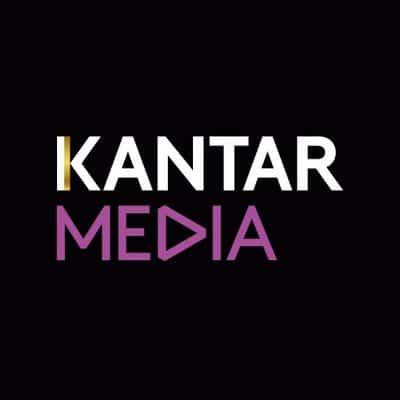The organization whose standards work has supported a century of advances in entertainment technology has rolled out published standards for binding Ad-IDs to commercials and Entertainment ID Registry (EIDR) codes to programming content.
The new SMPTE standards specify use of Kantar Media‘s audio watermarking technology, an open solution available for licensing.
The SMPTE 24TB Open Binding of IDs Drafting Group created and published two new sets of standards and recommended practices: ST 2112-10 and RP 2112-11 for the Open Binding of Content Identifiers (OBID) and ST 2112-20 and RP 2112-21 for the Open Binding of Distribution Channel IDs and Timestamps.
The availability of these standards for persistent binding of identifiers into advertising and programming content establishes a fundamental building block for the advancement of full cross-platform measurement and content integration.
“This standard has been called the media industry’s equivalent of the Universal Product Code (UPC) code,” said Jane Clarke, CEO and managing director of the Coalition for Innovative Media Measurement (CIMM). “Similar to the standardized ID that improved accuracy and efficiency for the retail consumer packaged-goods industry, Ad-ID and EIDR will enable advertising and content identifiers to remain embedded throughout the media distribution ecosystem.”
Supporting real-time identification of a piece of content or an ad — whether on a TV set, in a set-top box, or outside of the set using a metering device or smartphone app — the standards will help mitigate numerous inefficiencies in the cross-platform video distribution and measurement workflow, including time-consuming, legacy processes for matching program and ad names back to the time of airing and the distributor.
The ability to embed standardized identifiers throughout the media ecosystem will have a significant impact on the efficiency of cross-media workflows for ad agencies, media companies, and marketers. Television networks and digital content publishers will also be better equipped to create integrated multiscreen experiences.
By facilitating faster reporting for ad verification and audience measurement, the use of standardized identifiers will eventually enable marketers to better optimize live and on-demand advertising much as they now optimize online advertising.
In addition to enhanced tracking of assets and improved workflow efficiency, an open standard for ID-to-asset binding can deliver a wide array of capabilities, including:
• Reduced barriers to deployment of cross-platform dynamic ad insertion
• Better second-screen integration and improved multiscreen content discovery
• Enhanced automated content recognition and detection
• Accelerated digital content locker adoption and complete long-tail content monetization
• An enhanced ability to trigger surveys, quizzes, or coupons on mobile devices
Kantar Media’s audio watermarking technology was recommended as the standard by a SMPTE Standards Drafting Group, supported by Ad-ID, a joint venture of the Association of National Advertisers (ANA) and the American Association of Advertising Agencies (4As); EIDR, an industry association operating a registry of over 1 million unique, global identifiers for digital entertainment assets, including motion pictures and television content; and CIMM, whose members represent leading content owners, large advertisers, and media buying agencies.
This joint initiative, known as Trackable Asset Cross-Platform Identification (TAXI) Complete, was launched by CIMM in 2013 to standardize video asset identification. The effort is now being spearheaded by Kantar Media.


